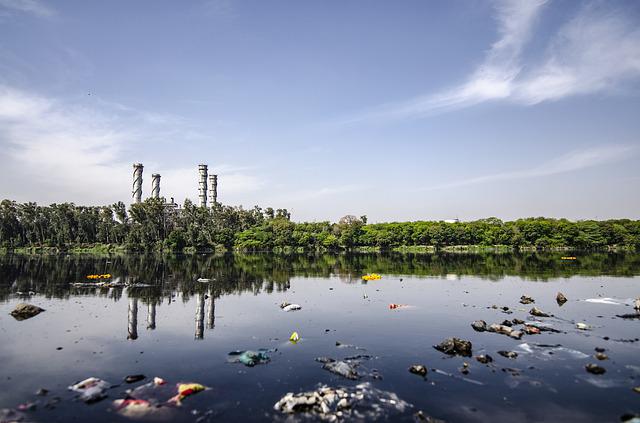By: Julia Lee, Publishing Associate: Researcher and Writer at Save the Water™| May 10, 2023
The Environmental Protection Agency (EPA) announced in March that it will begin regulating six Per- and Polyfluoroalkyl Substances (PFAS), also known as “forever chemicals.” Forever chemicals are found in millions of Americans’ drinking water and are typically under-tested and unregulated. The National Primary Drinking Water Regulation, or NPDWR, aims to prevent PFAS-attributed illnesses. The public has an opportunity to comment on the regulation until May 30, 2023.
What is NPDWR?
The NPDWR is a set of legally enforceable standards established by the United States Environmental Protection Agency (EPA) under the Safe Drinking Water Act (SDWA). These regulations seek to protect public health by setting maximum levels for contaminants in drinking water. Specifically, the NPDWR covers over 90 different contaminants, including:
- Microorganisms
- Disinfectants
- Disinfection byproducts
- Inorganic chemicals
- Organic chemicals
- Radionuclides
The regulations set maximum contaminant levels (MCLs) and treatment techniques for each regulated contaminant. MCLs are the highest permissible levels of a contaminant in drinking water. Treatment techniques are required to remove contaminants that cannot practically be measured at the MCL.
Generally, the NPDWRs apply to all public water systems in the United States. Public water systems must test and monitor drinking water regularly to ensure that it meets the NPDWR standards. Public water systems can be subject to fines and penalties if they violate the NPDWRs. In addition, the EPA also provides technical assistance and guidance to public water systems to help them meet the regulations.
For example, the NPDWRs regulate one of the most well-known contaminants: lead. Lead is a toxic metal that can cause serious health problems, especially in children. Consequently, the EPA established the Lead and Copper Rule under the NPDWRs to reduce the amount of lead and copper in drinking water. Specifically, the rule requires public water systems to monitor and test the water for lead and copper levels, and to take action if the levels exceed the MCLs.
Generally, the EPA reviews and updates the NPDWR periodically to ensure that they continue to protect public health. For example, in 2020, the EPA issued a final rule to strengthen the existing arsenic drinking water standard. Specifically, the agency reduced the MCL from 10 parts per billion (ppb) to 5 ppb. This change is expected to provide additional protection for millions of Americans who rely on public water systems for their drinking water.
Significance of NPDWRs
The NPDWRs have played a critical role in protecting public health since their establishment in 1974. Before the NPDWRs were put in place, waterborne diseases like cholera, typhoid fever, and dysentery were common in the United States. The regulations have helped to significantly reduce the incidence of waterborne diseases by ensuring that drinking water is free from harmful contaminants.
In addition to the NPDWRs, the EPA also established the Secondary Drinking Water Regulations (SDWRs). The SDWRs are non-enforceable guidelines that provide recommendations for aesthetic considerations, such as taste, odor, and color. Although the SDWRs are not legally enforceable, they serve as a useful resource for public water systems to provide water that is pleasant to drink.
One of the significant benefits of the NPDWRs is that they provide a uniform standard for drinking water across the United States. This means that regardless of where you live, the drinking water you consume is subject to the same standards for contaminants. The regulations help to ensure that everyone has access to clean and safe drinking water, regardless of their location.
Despite the benefits of the NPDWRs, there are still some challenges to ensuring that drinking water is safe. The aging infrastructure of many public water systems presents one of the biggest challenges. Many of these systems were built decades ago. Now, the systems need repair or replacement. Otherwise, aging infrastructure can lead to leaks, breaks, and contamination of drinking water. In fact, the EPA estimates that it will cost over $470 billion to repair and replace aging infrastructure in public water systems across the United States.
Recent Developments
The emergence of new contaminants that were not previously regulated by the NPDWRs has challenged the EPA. One example is PFAS, which are used in a wide range of products, including firefighting foam, nonstick cookware, and food packaging. PFAS can persist in the environment for years and have been linked to a range of health problems. The EPA’s recent decision to regulate six PFAS is a significant development in ensuring that public drinking water is safe for consumption. We encourage you to participate in this policy development.





